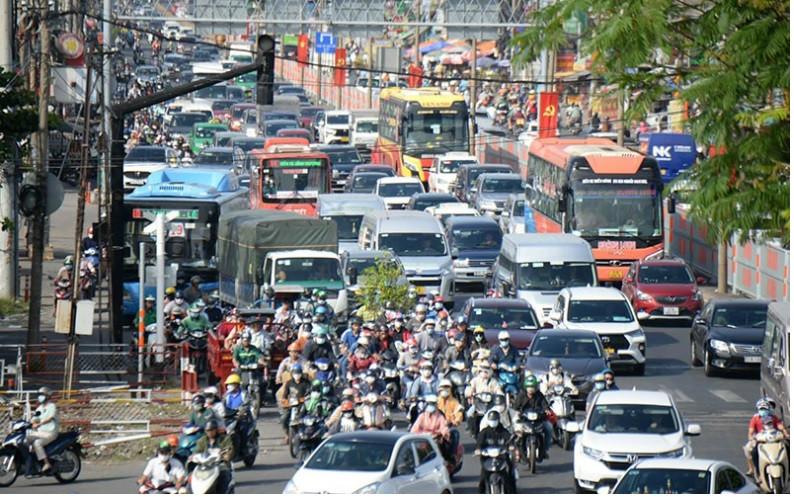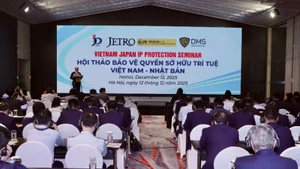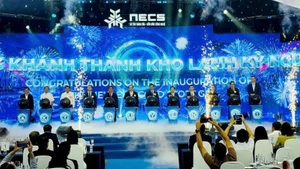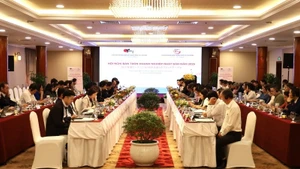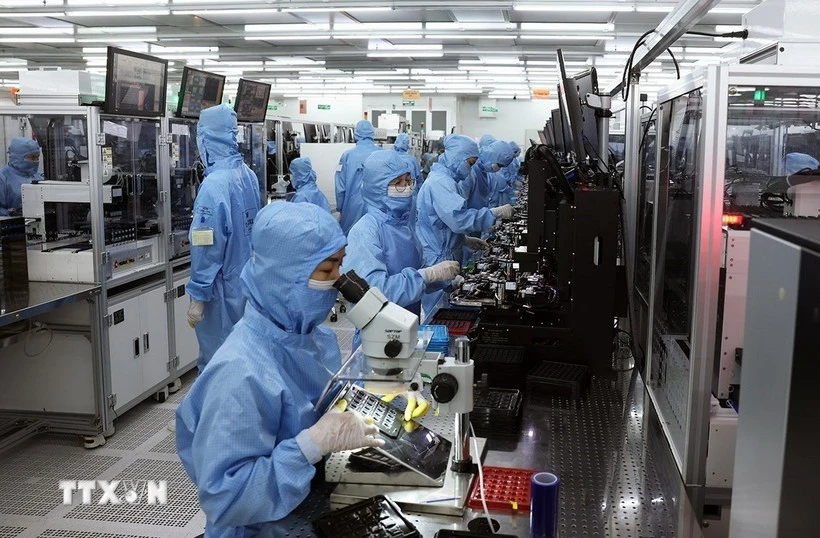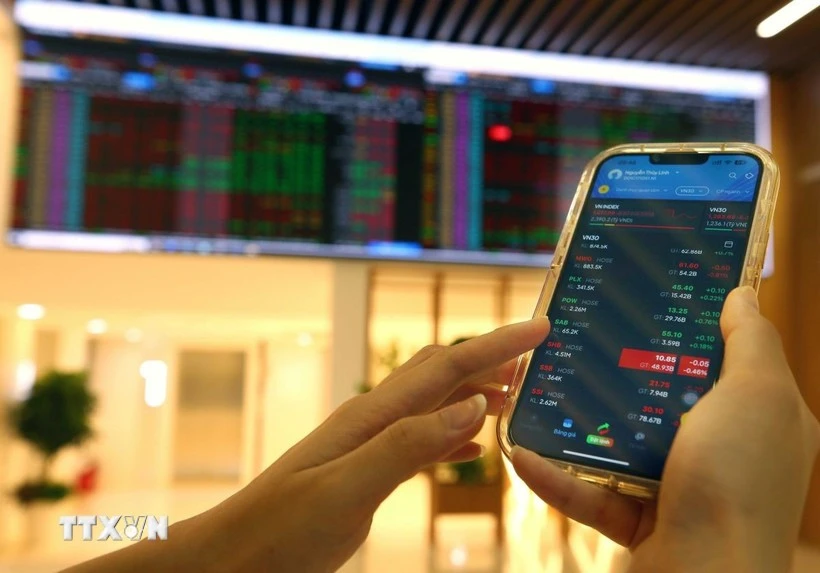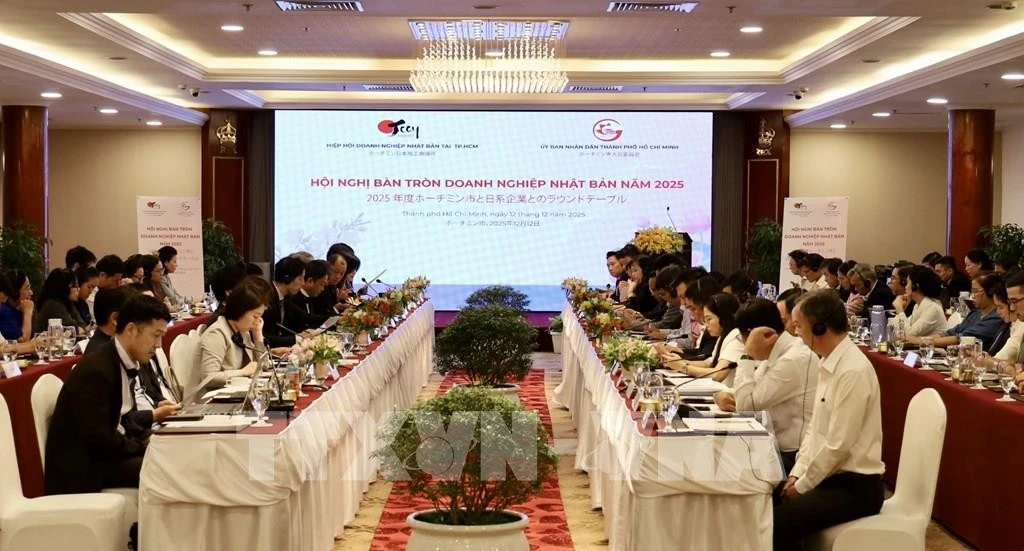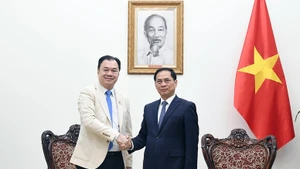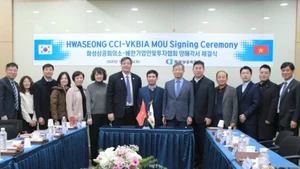The Ho Chi Minh City Department of Transport listed five existing traffic projects that need to be invested in the form of BOT, with a total investment capital of about 37 trillion VND (1.5 billion USD).
Building criteria
Resolution No. 98 created a special mechanism for Ho Chi Minh City, by allowing the application of BOT contracts for projects on constructing, upgrading, and expanding existing road works.
Head of the Planning and Investment Division (Ho Chi Minh City Department of Transport) Tran Chi Trung said that based on the provisions of Resolution 98, Ho Chi Minh City has 107 main urban roads and elevated roads that can be proposed to be expanded in the form of BOT.
In addition, the mechanism also creates favourable conditions for investors to participate in this type of investment. Specifically, the proportion of state capital in the project is expanded up to 70% of the total investment, in case land clearance compensation costs account for over 50% of the total investment of the project and the financial plan does not guarantee the ability of payback.
Through reviewing many key traffic projects, the Department of Transport named five projects that need to be upgraded soon during the 2023-2030 period, including three main national highways: National Highway 13 of nearly 4.7 km (connecting Thu Duc city with Binh Duong province), National Highway 1 of 9.6 km (section from An Lac, Binh Chanh district, to the border with Long An province) and National Highway 22 of 9 km (in the west of Ho Chi Minh City, from An Suong intersection to Belt Road 3 intersection).
The remaining two projects also need investment because they are key traffic routes, including the 7.5km Nguyen Huu Tho Street and 3.2km Binh Tien road and bridge.
“The Department of Transport is developing a set of criteria for selecting investment projects under BOT contracts. This is also a necessary condition to have a basis for determining the list of investment projects under BOT contracts and improving the transportation system in Ho Chi Minh City, as well as connecting inter-regional traffic, thereby, fostering economic development and facilitating trade and transportation activities,” Trung noted.
A strong legal framework required
According to the Department of Transport, Ho Chi Minh City is currently managing 20 transportation project contracts in the form of public-private partnerships (PPP), with a total investment of more than 49 trillion VND (2 billion USD). Specifically, seven investment projects under BOT contracts were completed and put into operation. These projects have paid off, contributing to improving people’s living conditions, ensuring traffic safety, and increasing goods circulation by shortening travel time.
Regarding the list of five investment projects proposed by the Department of Transport, General Director of Ho Chi Minh City Infrastructure Investment Joint Stock Company (CII) Le Quoc Binh said, CII expects to invest in three traffic BOT projects including National Highway 22, National Highway 1 and Nguyen Huu Tho Street. The three BOT projects have a total cost of about 38 trillion VND (1.5 billion USD), with 50% of the investment poured by the investor and the remaining from the city budget. In particular, the project to expand National Highway 1 nearly 10 km in length, which has a total capital of nearly 12 trillion VND (492.3 million USD), is the largest among the projects.
Binh added that CII will propose that the city invest in an additional project to improve traffic capacity on the Pham Van Dong - Ung Van Khiem route, an important road connecting the suburban area with many traffic routes.
A representative of the People’s Committee of District 8 said the building of Binh Tien Road and bridge is very necessary because it is a traffic axis located at the gateway to the city and an arterial connecting District 6, District 8 and Binh Chanh District, with Long An province.
The project was initially approved by the city in the form of BT (build-transfer), but at that time it was not possible to call for investors. Now, according to Resolution 98, the project is hoped to be invested in soon in the form of BOT, thereby creating a boost for the socio-economic development of District 6, District 8 and Binh Chanh District.
Binh said that CII chose to invest in projects based on criteria such as an approved expansion plan, a feasible site clearance plan and the city’s capability of handling compensation payments.
Also, according to Binh, BOT contracts under the old law regulated low levels of responsibilities between investors and local authorities, so it was difficult to handle rising situations. Therefore, investors wish that BOT contracts under Resolution 98 will ensure strong legality so that they feel secure to invest in such projects. In particular, the locality where the project passes through must commit to taking responsibility for land clearance and compensation.
Dr. Pham Viet Thuan, director of the Institute of Economics and Environmental Resources in Ho Chi Minh City, said that Resolution 98 has created an investment mechanism to speed up the progress of large-scale transportation projects. In particular, investment capital is also prioritised to pour into existing roads BOT projects, but not only new projects, without depending on one investor. “Transport infrastructure development according to Resolution 98, decentralises power to Ho Chi Minh City, thereby creating a strong push to promote transport infrastructure development and lead socio-economic development as well”, Dr. Pham Viet Thuan noted.
